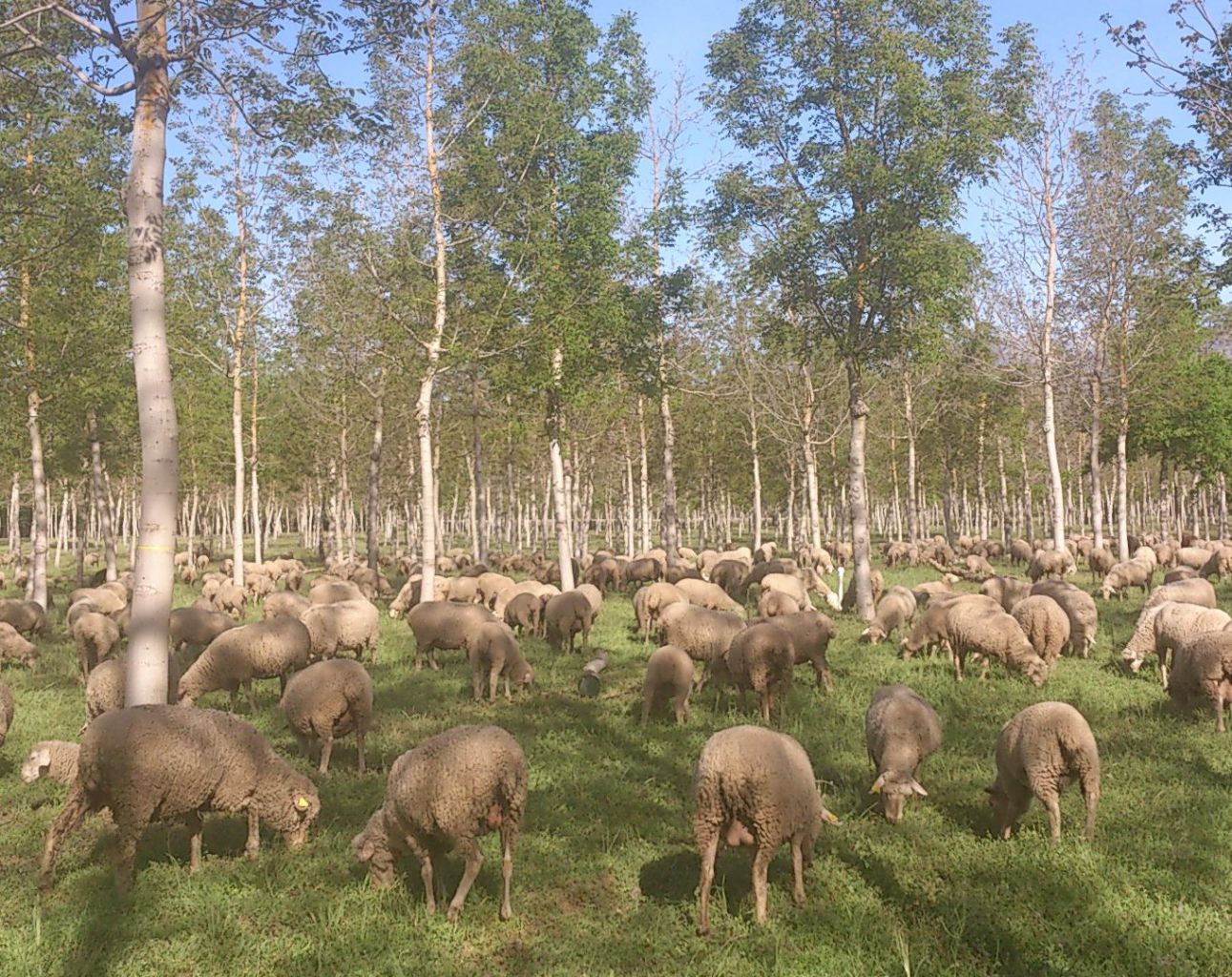
Pastagens e culturas arvenses entre plantações em Espanha
Descrição do sistema
Os pomares de oliveiras, amendoeiras e alfarrobeiras em Espanha eram tradicionalmente pastados ou cultivados. No entanto, estes sistemas tradicionais tornaram-se marginais e novas práticas agroflorestais em terrenos agrícolas estão a ser desenvolvidas, tendo como base plantações de árvores de madeira de qualidade, tais como cerejeira e nogueira. Estes sistemas são muitas vezes geridos com altos níveis de inputs. O consórcio com pastagem ou outras culturas nestes sistemas tem potencial para criar benefícios económicos e ambientais. No entanto há uma falta de conhecimento e informação sobre práticas de gestão agro-florestal adequadas e seus benefícios, o que está a limitar a adoção de esquemas agroflorestais para gerir estas novas áreas.
Reunião de stakeholders inicial
A primeira reunião de stakeholders foi realizada a 30 de Maio de 2014. Os stakeholders indicaram benefícios positivos ao nivel do ambiente, saúde e bem-estar animal e sobrevivência das árvores nos sitemas que intergram pastagens e culturas arvenses entre plantações. Por outro lado, os entrevistados tinham percepções negativas relativamente à gestão, economia e encargos administrativos. Os temas de pesquisa potenciais sugeridos incluem as consequências bio-económicas da pastagem em plantações de madeira de alta qualidade; o uso de leguminosas; a prática da s talhadias de cabeça; a selecção de cultivares e espécies adaptadas à sombra de cereais, leguminosas e gramíneas e a resposta das culturas de cereais à proximidade das árvores.
This webpage describes the results focused on grazing and intercropping with legumes. The results focused on cereal varieties are reported in work-package 4.
Se você gostaria de saber mais sobre a actividade deste grupo, entre em contato com Gerardo Moreno (gmoreno@unex.es) da Universidade da Extremadura, Espanha.
Faça download do relatório inicial de stakeholders
Faça o download dos protocolos iniciais de desenvolvimento e investigação
Este grupo de stakeholders desenvolveu dois protocolos de desenvolvimento e investigação. O primeiro está focado no uso de pastoreio e leguminosas em plantações de nogueiras, o segundo foca-se em talhadias de cabeça de cerejeira brava.
Download the system description
A research update on the use of grazing and legumes in walnut plantations was produced in September 2015.
Lesson learnt
María Lourdes López-Díaz and colleagues at the University of Extremadura have summarised the lessons learnt regarding the grazing of high value walnut and wild cherry timber plantations in Spain. The overall results suggest that grazing in walnut and wild cherry plantations can reduce maintenance costs and environmental risks, without major effects on tree growth.
The first experiment compared the effect of cultivation, grazing, and mowing beneath walnut trees. The lessons learnt include:
- Grazing increased the density of pasture roots to a soil depth of 50 cm, compared to cultivation and mowing. There was some evidence that this increased the recovery of nutrients at depth and reduced the leaching of nitrate.
- Grazing did not favour the tree growth as much as cultivation but it gave better results than mowing.
The second experiment compared natural vegetation, natural vegetation with about 40 kg/ha of nitrogen, phosphate and potash, and the sowing of legumes (with phosphate and potash) beneath walnut trees. The lessons learnt include:
- The unmanaged annual pasture yield was around 3.5 t/ha which could support 0.6 livestock units per hectare.
- The sowing of legume forage increased the level of soil nitrogen and potassium but reduced the available phosphorus.
- Sowing rich-legume pasture in the alleys could roughly double the stocking rate without compromising the tree growth, and it improved carbon sequestration.
The last part of the report focuses on the thinning and pollarding of wild cherry trees. The lessons learnt include:
- Thinning had a slight but positive effects on the growth of individual trees for a period of three years.
- Pollarding had neither positive nor negative effects on tree diameter increment, but the level of cavitation was reduced.